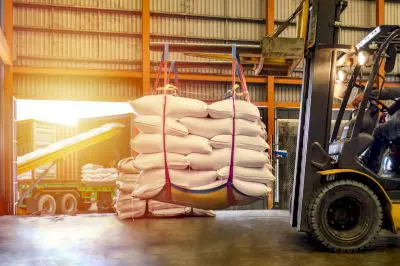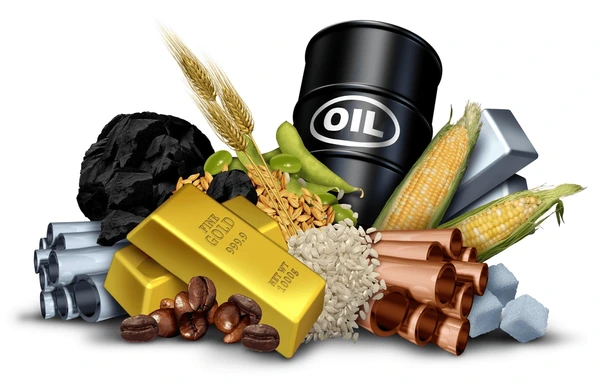Types of polypropylene: Polypropylenes are marketed in both homo-polymers and copolymers in order to achieve a variety of applications

In 1951, Karl Ziegler, a German chemist, discovered a catalyst system that could polymerize olefins under mild conditions. He developed what is known as the Ziegler-Natta catalyst, which allowed for the controlled polymerization of propylene. Ziegler's work laid the foundation for the production of Polypropylene on a commercial scale. In 1954, Giulio Natta, an Italian chemist, used Ziegler's catalyst to successfully polymerize propylene and produce a crystalline polymer. The resulting material, polypropylene, exhibited excellent mechanical properties, Chemical resistance, and thermal stability. In 1957, Montecatini, an Italian chemical company, began commercial production of polypropylene using Natta's catalyst.
In the 1960s, polypropylene gained popularity due to its unique combination of properties and its ability to be easily processed through various techniques, including injection molding, blow molding, and extrusion. Its versatility and cost-effectiveness led to its adoption in a wide range of applications, including packaging, textiles, automotive components, electrical appliances, and more. Over the years, advancements in catalyst technology and polymerization processes have enabled the production of various polypropylene grades with tailored properties. This has expanded the application possibilities of polypropylene, allowing it to meet specific requirements in different industries.
In recent years, there has been a growing focus on the recycling and sustainability of polypropylene. Recycling technologies have advanced, enabling the reprocessing of post-consumer and post-industrial polypropylene waste. Additionally, efforts are being made to develop bio-based polypropylene derived from renewable resources, reducing the reliance on Fossil fuels.
Polypropylene is used to make a variety of plastic parts in various industries. Figure 1 shows the global demand for plastics by Resin type and, as can be seen, is the second most widely used polymer in the world. Polypropylene was commercially marketed in 1957, about two-thirds of the world's propylene is used to make this polymer. Types of polypropylene: Polypropylenes are marketed in both homo-polymers and copolymers in order to achieve a variety of applications.
Researchers are exploring the incorporation of nanomaterials like graphene, MXene, nano-clay, borophane, and Silver nanoparticles with PP to enhance its properties for advanced applications. These developments aim to improve PP's UV resistance, bonding capabilities, and reduce its flammability. There is a focus on developing high melt strength variants of PP for use in foamed compounds. These are tailored to have long chain branching, which gives them mechanical strength and elasticity. Borealis, SABIC, and Braskem are key players in this technology, developing grades of PP that exhibit a broad foaming range process window.
The use of 4th generation catalysts, such as Reactor Granule Technology, is advancing the development of PP. This includes retailoring post-treatments and polymer/processing machinery developments, like PP stretch-blow molding. Efforts are being made to address the end-of-life challenge of PP by restoring used PP into virgin-like resin. This includes recycled polypropylene featuring modifiers that enhance its properties and make it more sustainable.
The global polypropylene market size is estimated to grow from 91.98 million tons in 2024 to 121.81 million tons by 2029, at a compound annual growth rate (CAGR) of 5.78% during the forecast period. Innovations in production technologies and the development of new polypropylene grades to meet specific industry needs are expected to continue. There is an increasing trend towards recycled polypropylene and the development of more sustainable production methods. The demand for polypropylene is expected to rise due to its versatile applications in packaging, automotive, consumer goods, healthcare, and electronics industries. The Asia-Pacific region is anticipated to dominate the market with the largest consumption, driven by countries such as China and India.





